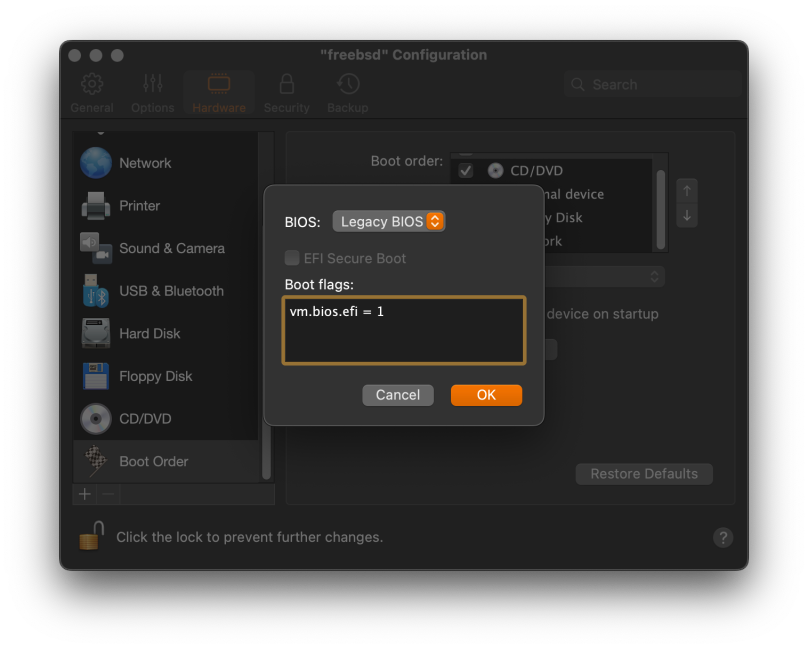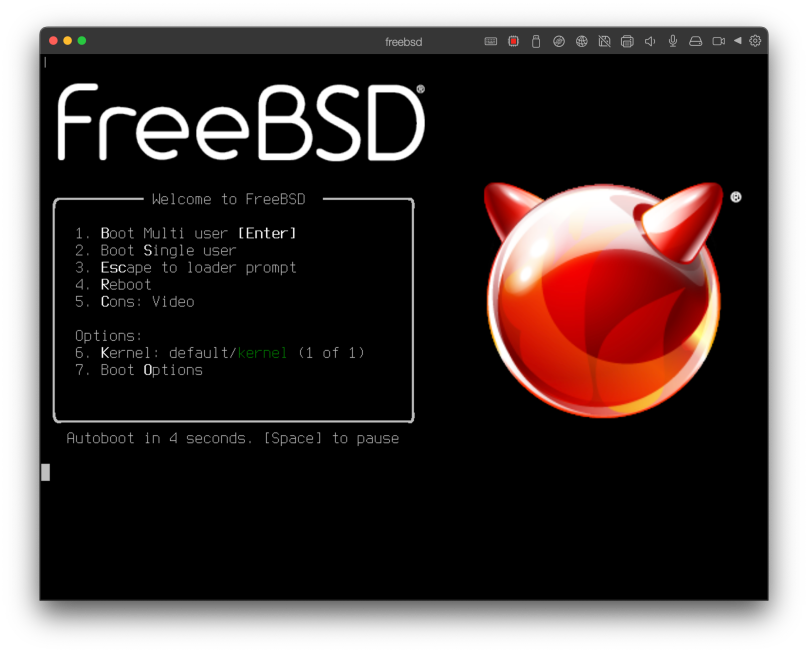Firstly, know I’m not a FreeBSD fan, even though I have MacBooks with an operating system that can trace its lineage back to the original Berkeley BSD. Even going back to the time when it was essentially BSD vs AT&T Unix, I tended to eschew BSD. So why install FreeBSD 13.1? Curiosity.
Before we get into this, I haven’t changed my opinion of BSD. My installation experience of FreeBSD 13.1 has only rekindled my general dislike of the operating system.
I installed FreeBSD 13.1 into a Parallel’s virtual machine (Parallels Version 17.1.4 (51567)). My first attempt failed with a “missing /boot/lua/loader.lua” file. I went looking for a reason for this, and found a solution in a forum question ( https://forums.freebsd.org/threads/freebsd-12-x-13-x-14-x-installation-issue-on-parallels-16.79271/ ). There are some choice comments about why there is this failure mode, and why it’s been in FreeBSD since version 11. I applied the solution in the forum post to my second installation attempt:

Which then led to success:

After that initial boot screen it was uneventful, as I picked various subsystems to install (especially ports), picked my keyboard and timezone and what services to start on boot, that kind of thing. When it was done it booted back into a console window.
From there I attempted to install a desktop environment. That turned into a real dumpster fire. The directions are long, at times unfathomable, and takes too much time to get anything done. I gave up after my first attempt failed.
I deleted that failure and reinstalled a new fresh copy, choosing not to install a desktop environment the next time. Right now it sits idle, and I suppose if I have a need for a BSD other than macOS I can fire it up and do… whatever.
FreeBSD makes Arch look brilliant. I am definitely not the target demographic for FreeBSD.




You must be logged in to post a comment.